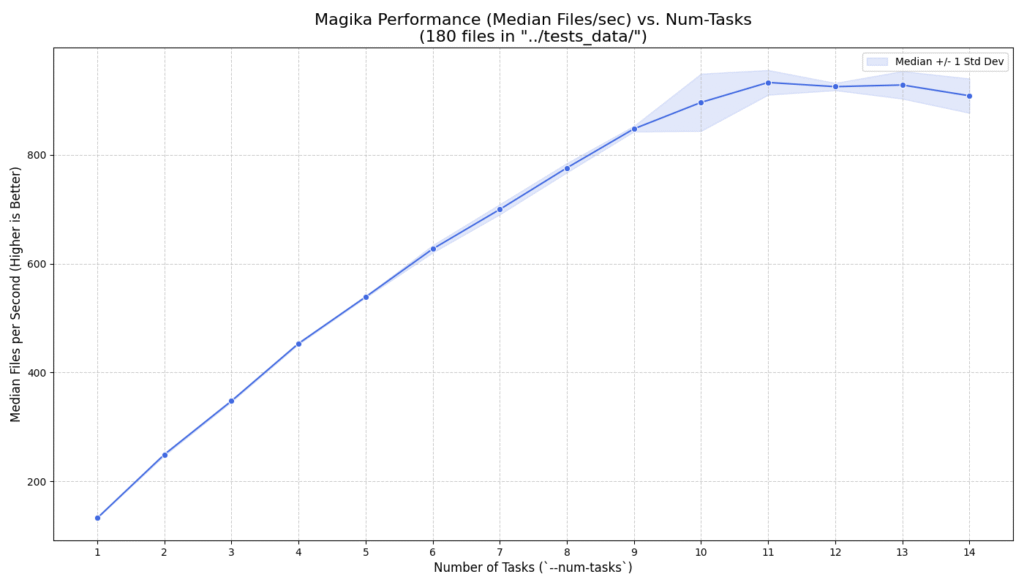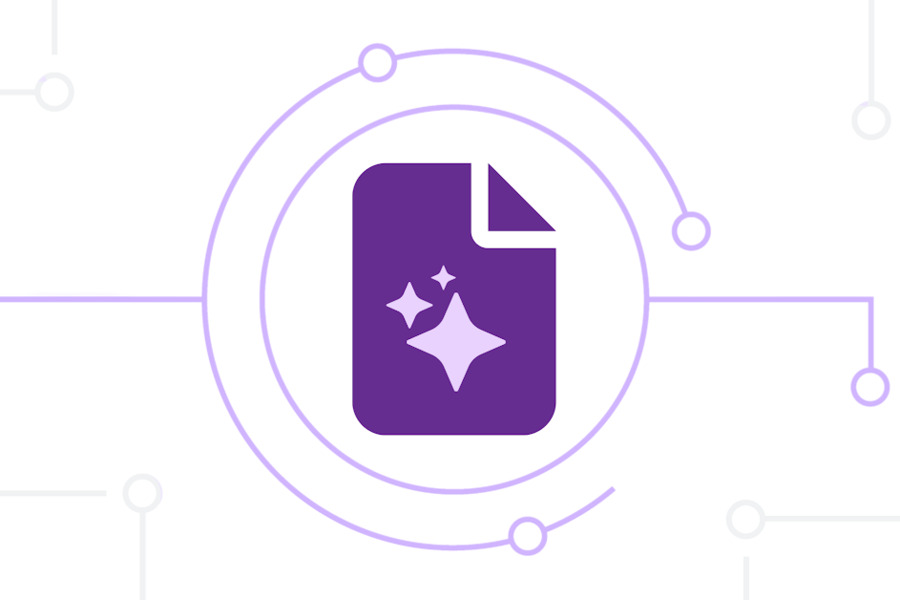In a significant move to bolster digital security, Google has announced the stable release of Magika 1.0, its open-source, AI-powered file type identification system. This launch marks a pivotal advancement in automated content security, offering organizations a powerful tool for large-scale file analysis. The newly overhauled system demonstrates substantial improvements in speed, safety, and accuracy, reportedly achieving up to 95% precision in identifying malicious file formats, a critical metric for modern cybersecurity defenses.
The announcement, made through Google’s Open Source blog, highlights Magika 1.0 as an essential solution for enterprises and platforms that manage high volumes of file uploads, where rapid and reliable content verification is non-negotiable for maintaining a robust security posture.
What is Magika 1.0
Magika 1.0 is not merely an update but a complete, ground-up reengineering of Google’s internal file detection engine. Originally developed to protect its own vast ecosystem, the tool has been rebuilt to set a new standard for the industry. Its core functionality shifts away from traditional, less reliable methods that depend on file extensions or metadata, which can be easily manipulated by attackers. Instead, it employs a custom-built deep learning model specifically optimized for binary file analysis. This allows Magika 1.0 to examine the raw content and inherent patterns of a file to determine its true type.
A cornerstone of this release is the strategic migration of the entire core engine to the Rust programming language. This shift to a memory-safe language is a critical security enhancement, effectively eliminating entire classes of common vulnerabilities like buffer overflows that are often exploited in file parsing utilities. Beyond security, this rewrite unlocks remarkable performance gains. Google reports that the new implementation can process hundreds of files per second on a single CPU core, with the ability to scale linearly to thousands of files per second on multi-core systems.
Technologically, Magika 1.0 is built for efficiency and scale. It utilizes the ONNX Runtime for fast and optimized model inference, ensuring compatibility across different platforms and support for hardware acceleration. Furthermore, by integrating the Tokio asynchronous runtime, the tool handles non-blocking I/O operations with ease. This means it can maintain high throughput and low latency—often just a few milliseconds per file—even when analyzing data from network drives or cloud storage, without requiring specialized GPU hardware.
Key features of Magika 1.0
The capabilities of Magika 1.0 are rooted in a multi-faceted approach to file identification, combining advanced AI with robust engineering.
1. Proprietary AI Model with Unprecedented Accuracy

At the heart of Magika 1.0 is a proprietary neural network trained on a dataset of millions of files spanning over 100 content types. This extensive training enables the system to overcome the limitations of legacy, signature-based detection systems.
It excels where others fail, accurately classifying polyglot files, content with malformed headers, or intentionally obfuscated data. Google’s benchmarks indicate that Magika 1.0 achieves approximately 30% higher overall accuracy than traditional libmagic-based systems. Its performance is particularly transformative in cybersecurity, where it identifies dangerous content like VBA macros, JavaScript droppers, and PowerShell scripts with 95% accuracy.
2. Proven at Google Scale
Magika 1.0 is not a theoretical solution; it is a battle-tested technology that secures Google’s own consumer and enterprise products. It operates as a frontline defense in Gmail, scanning billions of email attachments daily to block malicious payloads before they reach users.
Within Google Drive, it enables real-time security policy enforcement on uploaded files, and Google Safe Browsing uses it to categorize downloaded content and trigger security warnings. This extensive real-world deployment, processing petabytes of data, ensures the open-source release is hardened and reliable for enterprise use.
3. Memory-Safe Architecture for Enhanced Security
The rewrite of the core engine in Rust provides inherent memory safety guarantees. This architectural decision is crucial for a security-focused tool, as it neutralizes common vulnerabilities that could be exploited by maliciously crafted files designed to attack the parser itself. This makes Magika 1.0 inherently more resilient and suitable for deployment in high-risk environments where parser integrity is paramount.
4. Comprehensive Reporting and Forensic Capabilities
Beyond a simple classification, Magika 1.0 provides detailed reports that include confidence scores for each identification. This allows downstream security systems, such as Security Information and Event Management (SIEM) platforms or Data Loss Prevention (DLP) tools, to make more nuanced decisions—whether to quarantine a file, block it outright, or flag it for further analysis.
The tool also preserves vital forensic metadata, assisting incident response teams in understanding the provenance and nature of suspicious files during an investigation.
Final Words on Magika 1.0
Google has placed a strong emphasis on developer adoption and ease of integration for Magika 1.0. Recognizing that even the most powerful tool is useless if it’s difficult to implement, the release is accompanied by thoroughly updated and well-documented libraries.
The company provides idiomatic APIs for both Python and TypeScript/Node.js environments, complete with ready-to-use code examples. These language bindings abstract the underlying complexity of the Rust engine, allowing developers to integrate enterprise-grade file detection into their applications with minimal code and effort.
The stable release of Magika 1.0 represents a significant contribution to the open-source security community. By combining a highly accurate AI model with a performant, memory-safe architecture and excellent developer tools, Google has provided a formidable weapon in the ongoing fight against malicious file-based attacks. Its proven track record at scale and its advanced detection capabilities make it a compelling choice for any organization serious about strengthening its automated threat detection pipelines.
Read More: Google Poised to Launch Nano Banana 2



